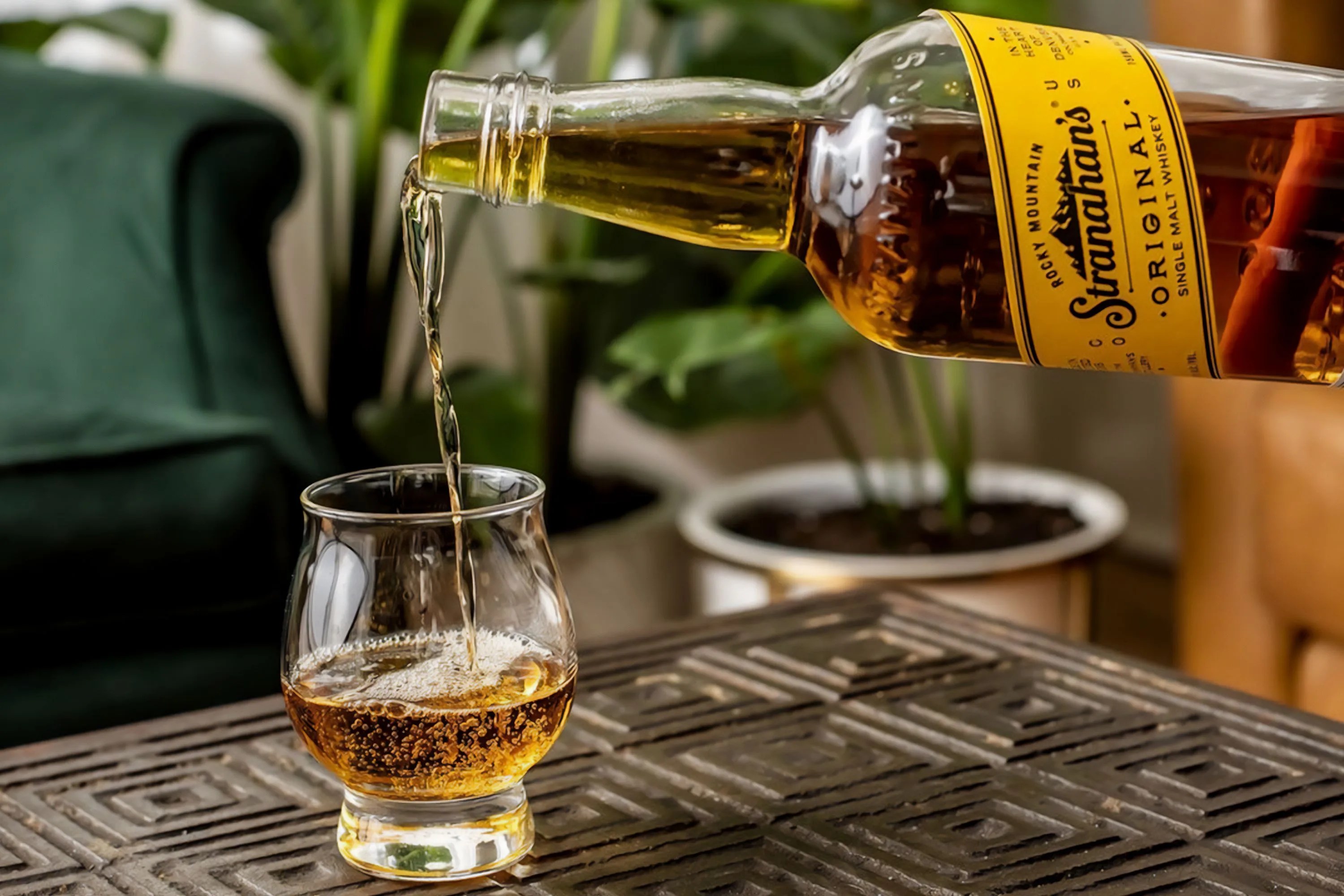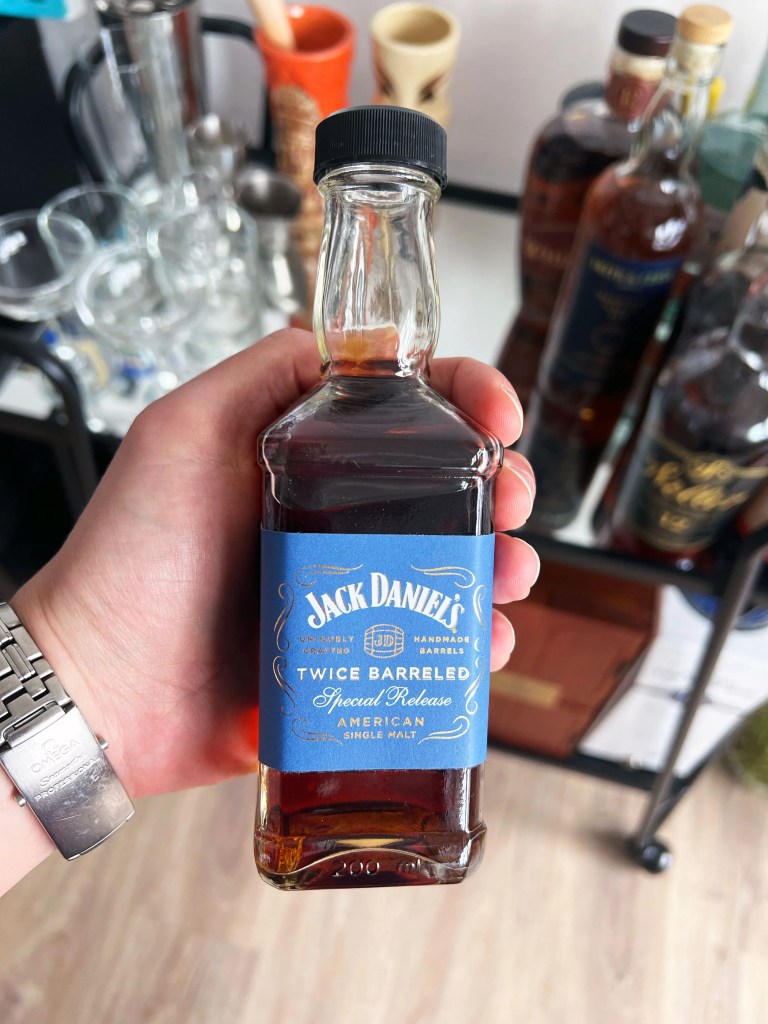If you’ve been paying attention to the American whiskey space over the past few years, you’ve likely noticed that American single malts are having a moment.
It wasn’t long ago when single-malt whiskey meant Scotch and Scotch alone, but lately the term has been applied to an ever-increasing number of bottles originating on this side of the Atlantic. Now, The New York Times reports that American single-malt whiskey will soon receive official governing rules and classification from the US Treasury’s Tax and Trade Bureau, creating a new official spirit category for the first time in years. Here’s what this means.
What is American single-malt whiskey?
As it stands now, before government intervention, the definition of American single-malt whiskey is pretty straightforward but also unenforceable. The generally accepted definition is a whiskey that’s distilled at a single distillery in America from 100% malted barley. But because there is no official classification, a whiskey could technically label itself an American single malt even without meeting these criteria, so long as it met the existing guideline for American malt whiskey that calls for at least 51% malted barley in the mash bill. Obviously, having these posers in the market is a problem for distillers of true American single malts looking to elevate the spirit.
What are the new rules defining American single-malt whiskey?
In 2016, a group of American single-malt whiskey distillers — including Virginia Distillery Co., Westland Distillery, Balcones Distilling and more — got together to form the American Single Malt Whiskey Commission. The group came up with its own set of defining rules for American single-malt, and they are as follows:
- Distilled from 100% malted barley
- Distilled entirely at one distillery
- Mashed, distilled and matured in the USA
- Matured in oak casks no larger than 700 liters
- Distilled to no more than 160 proof
- Bottled at least 80 proof
The group petitioned the US Tax and Trade Bureau (TTB) to consider its rules and create a new category of whiskey, and the TTB obliged. Although the TTB is curiously using the e-free “whisky” spelling in its American single malt definition — a spelling typically reserved for Scotch and a couple of other non-American whiskeys — the rest of the American Single Malt Whiskey Commission’s proposed rules will stay intact. The classification should become official in the coming months, according to the Times.







